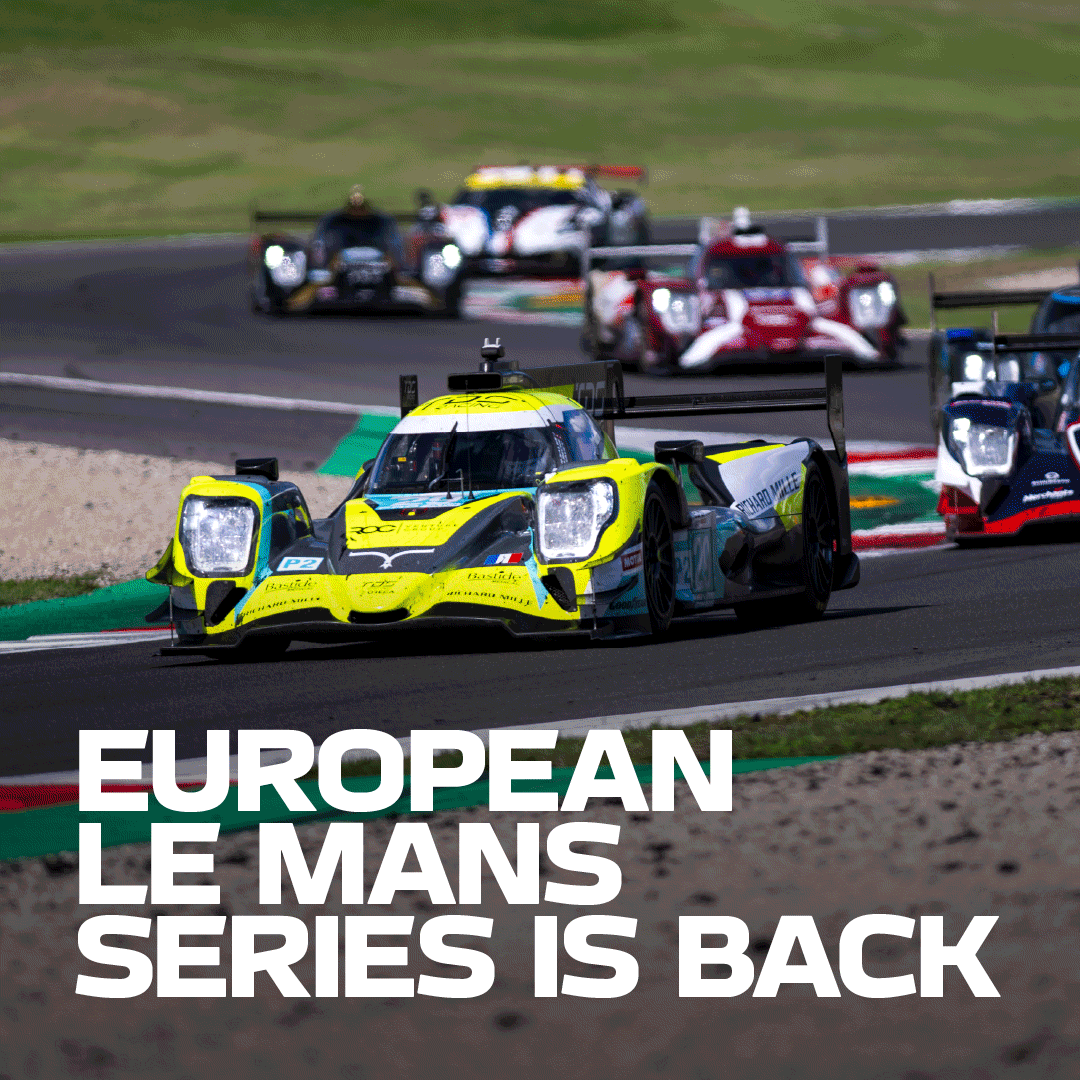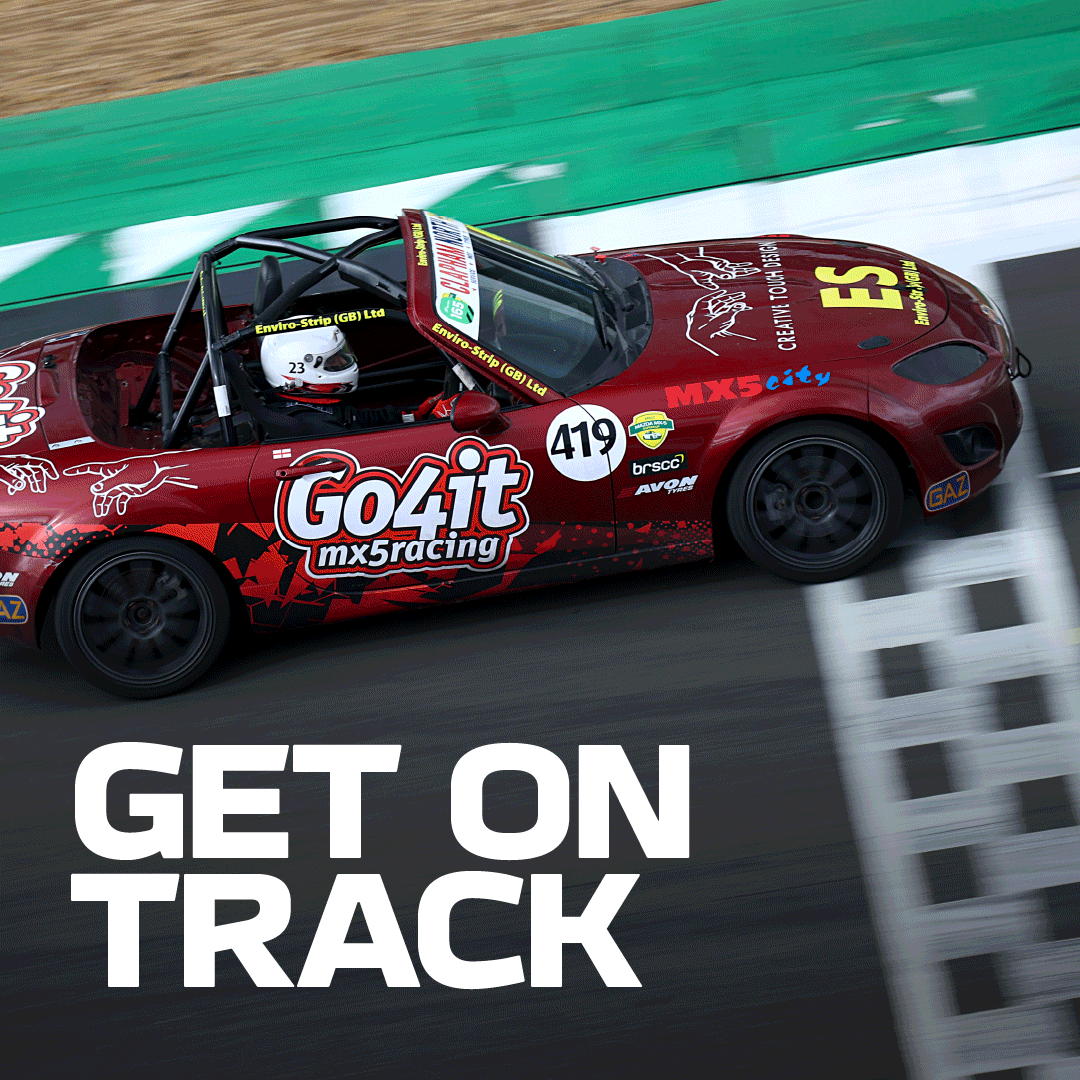
Amelia Lewis on Working for McLaren and the Importance of Female Representation in Motorsport
10 July 2024Amelia Lewis is a Performance Engineer Specialist at McLaren Racing, having started her career with the team in a graduate role in 2016. Having amassed 10.1k followers on her Instagram, where she has build a community and offers a platform to share her experiences, Amelia has quickly become a role model for girls and women in Formula 1.
From studying Mechanical Engineering (MEng) at the University of Bath, Amelia completed a work placement with Williams Racing before joining her university's Formula Student team. Once she graduated, Amelia then applied to join McLaren, and in her time there, she has gained trackside experience through W Series and has climbed the ladder through a variety of roles to reach her current position.
Silverstone caught up with Amelia about her journey so far, what it's like to work at a Grand Prix from McLaren Technology Centre, and the importance of female representation in the world of racing.
-
Growing up, Amelia always loved maths. It was something her mum enjoyed too, and together, they used to work through problems with numbers, so Amelia always knew she enjoyed working with numbers.
"As I went through school and started doing more science, I really enjoyed physics," Amelia says. "It was that love for maths and physics, separately, that led me perfectly to engineering because I wanted something that was a bit more hands on, a bit more real world.
"Engineering was something I'd not really considered until I started looking at university degrees."
Motorsport was also something Amelia grew up with. She would spend her Sundays watching Formula 1 with her dad, but her interest in motorsport and her interest in maths and physics were two very separate things.
"I never actually considered how F1 crossed over into engineering and how it could be a future career option for me because I just saw F1 as something really fun and interesting," she says. "I never realised that there was this huge team behind what you see on TV and there were all of these people working in the jobs I'd find really interesting.
"I carried these two passions very separately until when I got into university."
It was only when McLaren went to Amelia's university, the University of Bath, to offer a talk in her first year of studies about careers in F1. Then, she realised that she was in the right place, at the right university, and studying the right degree, and that working in F1 was a possibility. From that moment onwards, it was all Amelia wanted to do.
During her degree, Amelia had the opportunity to spend a year in industry on a placement. She spent a year as a Stress Engineer with Williams Racing.
"My year with Williams gave me a taste of what it's like to work in an F1 team," she says. "It convinced me that it was definitely what I wanted to do once I finished my degree."
The structure of Formula Student at the University of Bath meant that once you completed a year in industry and returned to study in year for our five, the team was properly formed. Amelia came into that year in the best possible headspace from gaining so much experience and confidence at Williams.
"The best decision I made at university was joining the Formula Student team," she says. "You're designing, building, and racing a race car with your mates and we were really fortunate that we had the funding to be able to go to the FSUK at Silverstone and European events."
Amelia put herself up for a manager role and led the team as Chassis Manager, meaning she was responsible for the chassis design and manufacture. The team were very successful in the time Amelia was part of it.
"We were the first UK team to win a Formula Student competition outright," Amelia says. "To be in that position where you feel that ownership, you feel like you really have driven the success of the team and then you get that win, it was just absolutely amazing."
Amelia's visit to Silverstone with Formula Student was her second trip tot he Home of British Motorsport, the first time being during her time at Williams when she went to the circuit with her dad to watch the British Grand Prix. Obviously, the environments were vastly different between both times she visited.
"You're in the pit lane, you're in the garage, you get to see behind the scenes that you don't get to see until you're a little further along in your career or if you end up working in F1," Amelia says. "Being able to be there felt really cool.
"It's a really lovely feeling of camaraderie with everyone pushing together, but you've also got that competition side and wanting to show what you're capable of."
Although she was working at McLaren at the time, Amelia found herself in a really fortunate position, with the team allowing her to gain trackside experience in another series whilst she was working there. It is difficult to gain experience as a trackside engineer in F1, so Amelia worked in W Series to learn and be exposed to the environment in another series.
"Having that experience in W Series allowed me to be in that trackside role and work as a race engineer, which was different to what my normal role is," she explains. "I could build so much confidence and experience on working with mechanics, working with my driver and working with a physical car.
"At that point, a lot of engineering experience was based on simulator work."
Since Amelia's pre-existing experience at the time was very much focused on simulators within a virtual environment, there were a variety of things which she'd almost taken for granted working in F1. Being in a new, trackside environment with W Series meant that she really had to change the way in which she operated and pushed herself out of her comfort zone.
"I learnt so much," she says. "It's been so useful for me now, back at McLaren in Formula 1."
-
Amelia made the decision to apply onto McLaren's graduate scheme during her final year at university. Her route to her current role - Performance Engineer Specialist - hasn't been a straight line at all, and Amelia has worked in different areas within engineering on her pathway to where she is today.
Amelia's time at Williams wasn't the only time she focused on stress engineering, but also in her time in Formula Student too, where she ensured the car was going to be strong and light enough.
"When I came onto the graduate scheme at McLaren, I was still pretty sure that I was going to be a stress engineer," Amelia says. "Because a graduate scheme is rotational, I made sure that I had rotation in the stress office, in the design office and in materials, so that I could be a great stress engineer.
"It was only on the rotations that I did a stint in performance and when I was immersed in what it means to be a vehicle dynamicist or to work with the car performance, I absolutely fell in love with it."
From that moment of realisation, it was then a bit of an uphill battle for Amelia. She'd done one module at university that was relevant to vehicle performance, but she didn't have the understanding to start with, so she soon began to learn on the job. For the next six months, Amelia made sure she learnt as much as she possibly could from other people and she spent the time reading and studying outside of work.
"I really did hustle over those six months so that at the end of it, there was no reason why my boss wouldn't hire me into the group full time," Amelia says. "All these experiences have shown me that you need to be comfortable operating outside of your comfort zone because that is where you grow and learn.
"It is terrifying putting yourself out there, but it's probably where you're going to find the experiences that you're truly going to enjoy."
When people watch F1 on television, they might not realise the amount of people who are back at base working from the factory, and in her role as Performance Engineer Specialist, Amelia is one of the many team members who work Grands Prix from McLaren Technology Centre. While you have the team designing and manufacturing the car, there's also a core group of people who, every weekend, and working and following the live data from the factory and are fully connected to the people trackside.
"We have the headsets on, we have the intercom channels and we're talking directly to race engineers and strategists," Amelia explains. On race weekend, I'll be sat in Mission Control at the factory looking at all the telemetry and live data coming off the car and talking to the engineers about what this means.
"We look at how we might be able to make the car better, if there's any opportunities for the driver or if we could learn from the car, if we could learn from the other competitors on track, and feeding that all in to everybody at the track."
Working from MTC means that the team based there are removed from some of the high-pressure scenarios that can occur trackside, like dealing with a loud garage or difficult weather conditions, whereas Amelia is in an environment where she's able to take a step back if she needs it. This helps the team provide another point of view into the all-important decisions that are made during a race weekend, and to make the best possible decision for the car, driver or strategy.
Amelia was working from MTC during the 2023 British Grand Prix, a resurgent race in McLaren's season, where Lando Norris took his first trip to the Silverstone podium in F1. After a difficult start to the year, McLaren brought an upgraded package to the British Grand Prix and their turnaround was enormous.
"To have that come alive at Silverstone, McLaren's home race and Lando's home race, was really special," Amelia says. "To be able to see how competitive we were at a circuit that is so iconic was just amazing. It was just really, really special."
-
Amelia's work in motorsport is inspiring girls and women of all ages, showing them that it is possible to work in what has historically been heavily male-dominated. Her work, showcased through her Instagram channel and through McLaren's female-focused content, demonstrates how girls and women belong in F1 and belong at McLaren. A pool of diverse talent and diverse voices is only going to expand the engineering department and the entire McLaren team.
"All I want to do is be what I needed when I was younger, and what I needed was to see women in the sport in these roles and then to be able to see myself there," Amelia says. "I'm a really firm believer that although visibility isn't going to solve all our problems, it is an important part of it.
"I believe that if you can see it, you can dream it."








